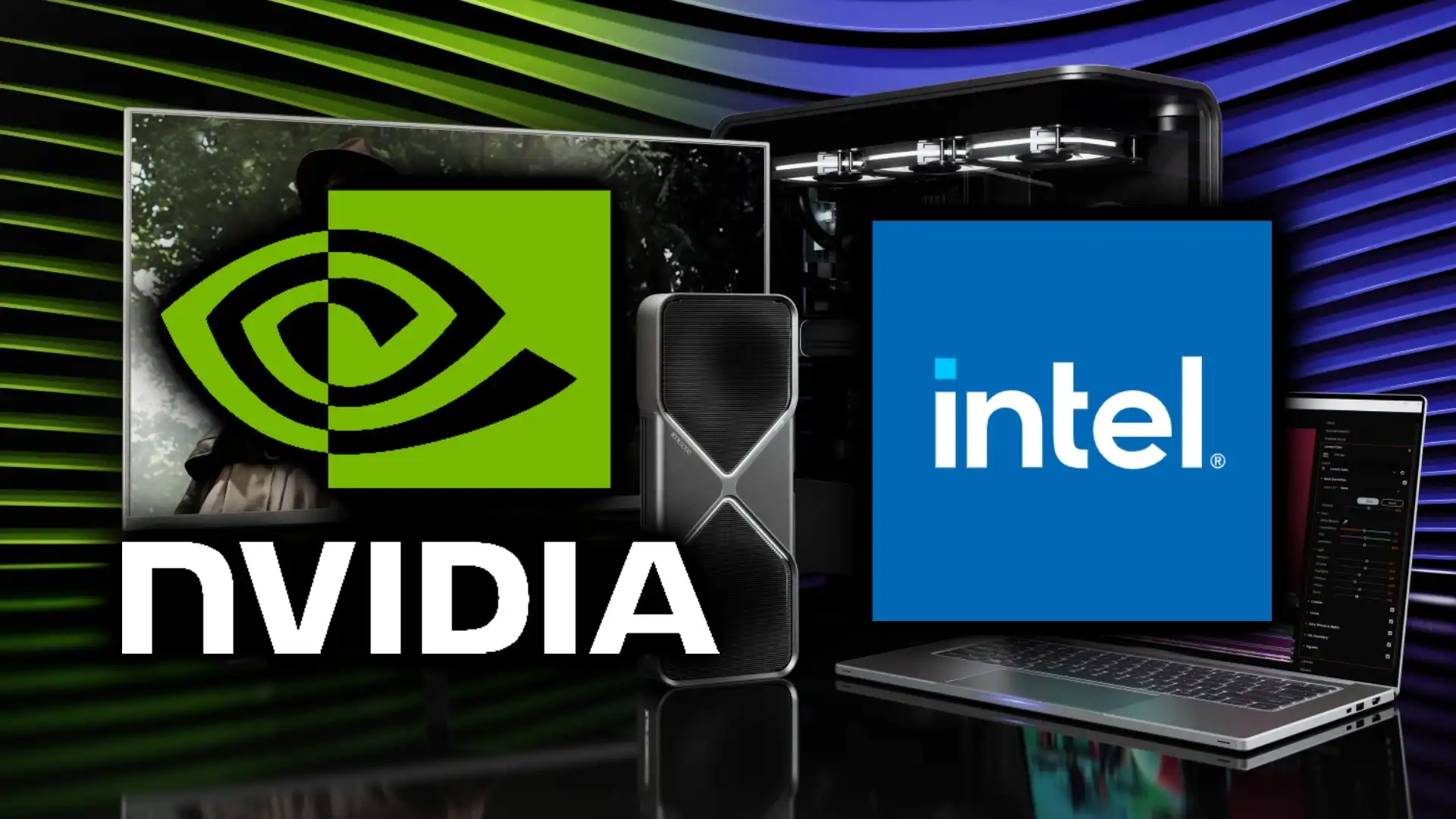
Nvidia and Intel Forge $5 Billion AI Chip Partnership: Implications for U.S. Market Leadership
Nvidia’s $5B bet on Intel underscores a historic alignment in AI chip production. With U.S. firms consolidating supply chains and leadership, the move signals opportunity for American enterprises while China struggles to keep pace.
Introduction: A Historic Alignment
September 18, 2025, marked a milestone in the AI era. Nvidia, the global leader in GPU technology, announced a bold $5 billion investment in Intel. More than just a financial partnership, this move represents a strategic realignment of U.S. chipmaking capacity and a reassertion of American dominance in the semiconductor industry. Reuters reported that Nvidia’s stake will not only secure additional foundry capacity for AI chips but also lock in one of the most significant collaborations in U.S. tech history.
This partnership could reshape the global semiconductor landscape. Nvidia, long reliant on Taiwan’s TSMC for its most advanced chip fabrication, is now ensuring that U.S. soil will play a much larger role in its supply chain. Intel, which has struggled in recent years to regain its cutting-edge manufacturing crown, gains a lifeline and a powerful customer. For American enterprises and policymakers, this union provides a bulwark against Chinese advances in chipmaking and ensures resilience in the face of mounting geopolitical uncertainty.
The Reuters Report: What We Learned
The Reuters article revealed critical details of the deal:
- $5 Billion Stake: Nvidia’s direct investment in Intel’s foundry division is among the largest cross-company bets in semiconductor history.
- U.S. Capacity Secured: Nvidia guarantees priority access to Intel’s most advanced fabs currently under construction in Arizona and Ohio.
- Strategic Diversification: By reducing reliance on TSMC, Nvidia shields itself from geopolitical risks surrounding Taiwan.
- Intel’s Relevance Restored: Intel cements its relevance in the AI era as not just a CPU company but as a manufacturing powerhouse for GPUs and AI accelerators.
CEO Jensen Huang emphasized that “the world is entering a new industrial revolution powered by AI, and the U.S. must lead with both design and production.” Intel CEO Pat Gelsinger echoed this sentiment, calling the partnership “a new chapter for American leadership in semiconductors.”
Why This Matters for the U.S. AI Ecosystem
The U.S. has long dominated chip design but lagged in fabrication capacity. With China pouring billions into domestic semiconductor programs and Europe offering its own subsidies, the U.S. response needed more than legislation. Nvidia’s deal with Intel ensures that private capital, not just public funding, drives the next wave of industrial strength.
For enterprises, this matters because access to advanced chips is the gating factor for AI adoption. From generative AI models to robotics, companies cannot scale without reliable, high-performance silicon. By partnering with Intel, Nvidia secures not just its own supply but the future of AI-driven businesses in the United States.
Risks and Tensions
However, the move is not without risks. Nvidia risks over-concentration of supply in the U.S., potentially limiting its flexibility in serving global customers. Intel, meanwhile, must prove it can deliver at scale and on time, something it has struggled with in the past decade.
Moreover, this U.S.-centric consolidation deepens the divide with China. Beijing is likely to accelerate its domestic chip programs and retaliate by restricting access to critical minerals like gallium and graphite, essential for semiconductor manufacturing. The global supply chain could face turbulence as these tit-for-tat strategies unfold.
Impact on Enterprises: Strategic Takeaways
- Greater Reliability: U.S. enterprises can expect more secure and predictable access to GPUs, reducing fears of supply chain shocks.
- Accelerated Innovation: Closer alignment of design and manufacturing means faster iteration cycles for AI hardware, translating into competitive advantage.
- Domestic Investment: Companies in healthcare, finance, logistics, and defense will benefit from localized supply chains and government incentives.
- Geopolitical Hedge: Enterprises that align with U.S.-based providers mitigate risks associated with cross-border tech dependencies.
China’s Challenge: Playing Catch-Up
For China, Nvidia’s pivot toward Intel is a blow. Chinese firms like Huawei are making progress, but their chips still trail Nvidia’s by multiple generations. Without access to CUDA, the dominant software ecosystem for AI, Chinese enterprises face mounting barriers. Even with state funding, building a competitive alternative will take years.
As a result, U.S. firms remain far ahead in deploying AI at scale. Nvidia’s chips, produced domestically, ensure that American companies maintain leadership while China scrambles to adapt.
A Positive Outlook: Toward a U.S. AI Renaissance
If Nvidia and Intel succeed, the implications are profound:
- Job Creation: New fabs mean thousands of high-paying jobs in the U.S.
- Research Boost: Universities and startups gain easier access to advanced chips for experimentation.
- Enterprise Confidence: Companies know that their infrastructure backbone will be secure for the long haul.
- National Security: The U.S. gains a stronger foothold in the race for AI dominance.
DGX Insight: How Enterprises Should Respond
At DGX Enterprise AI, we believe this partnership underscores a broader lesson: AI adoption is not merely a technical choice but a strategic one. Executives should be proactive, not reactive. Here are our recommendations:
- Secure Access: Work with vendors who guarantee priority access to advanced GPUs.
- Reskill Workforce: Prepare employees for AI-driven workflows and transformations.
- Build Flexibility: Architect systems that can adapt as new chip generations arrive.
- Engage Policymakers: Stay informed on export controls and compliance requirements.
Conclusion: A Defining Moment
Nvidia’s $5 billion bet on Intel is more than corporate strategy—it is industrial policy by another name. By aligning the world’s most valuable chip designer with America’s oldest semiconductor powerhouse, the U.S. sends a clear signal: leadership in AI infrastructure will remain firmly anchored on American soil. For enterprises, this is both an opportunity and a challenge: the tools are within reach, but the race to deploy them effectively has only just begun.
Ready to transform your enterprise with DGX AI agents and infrastructure insights? Get Started today.